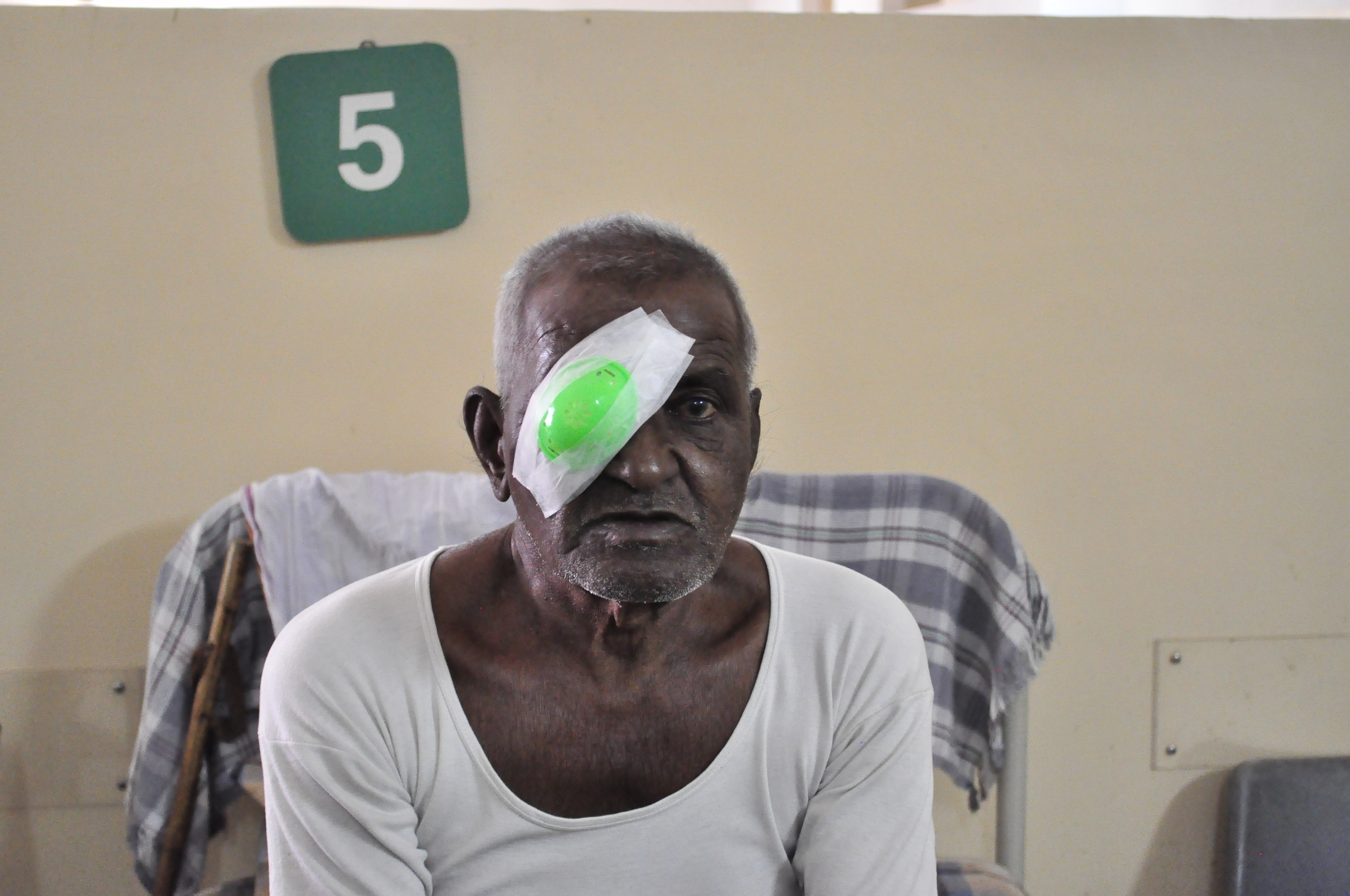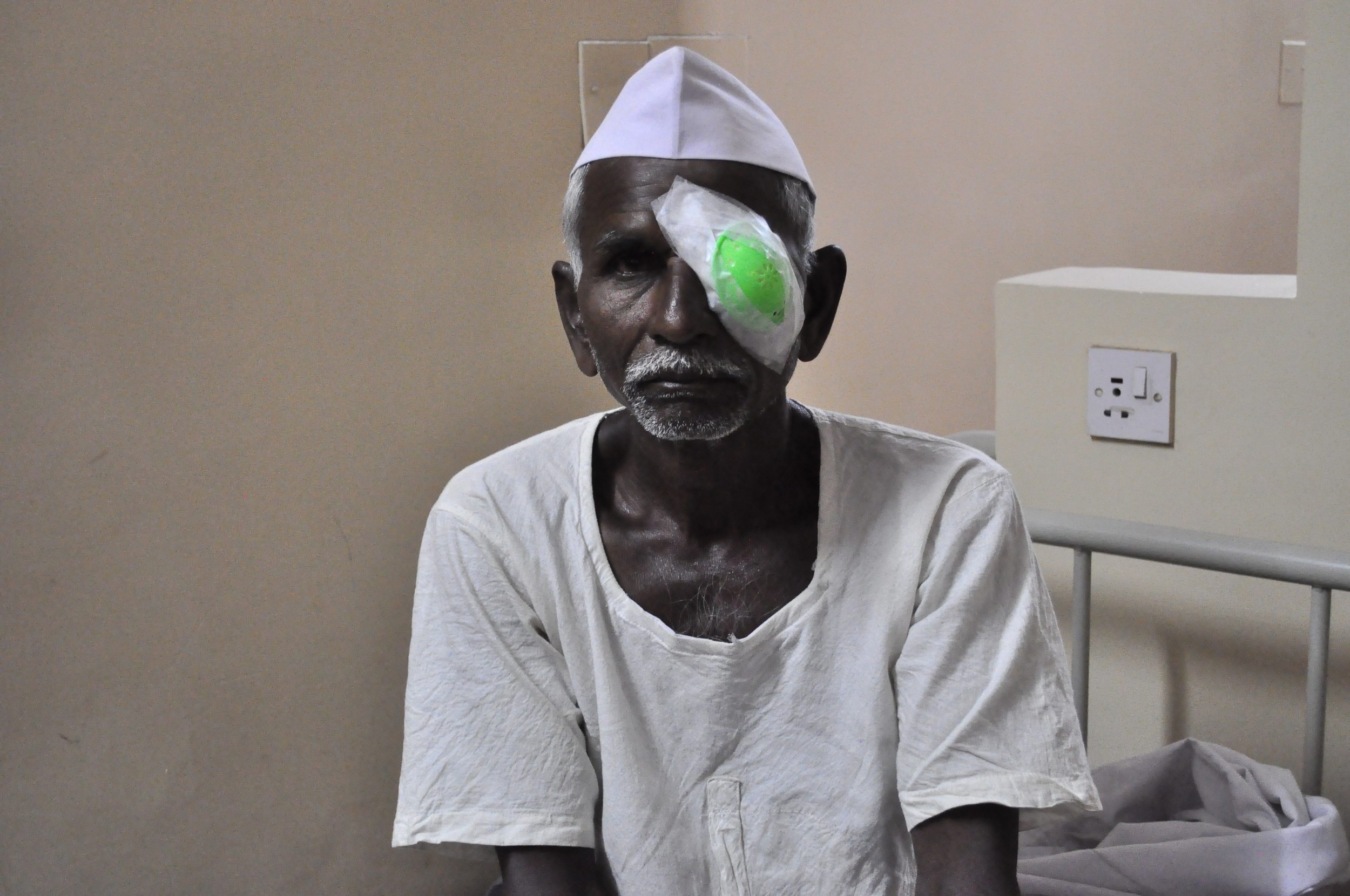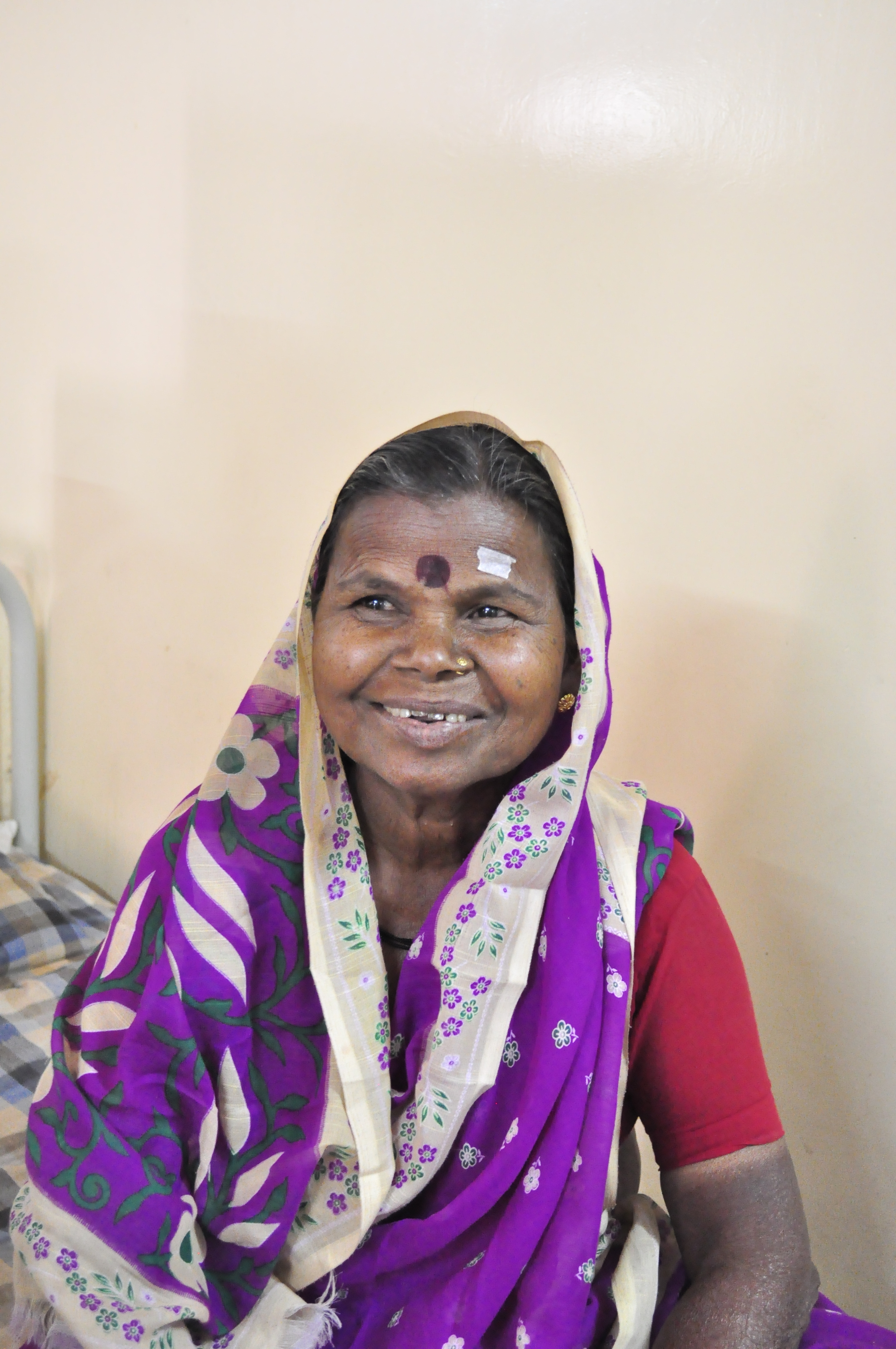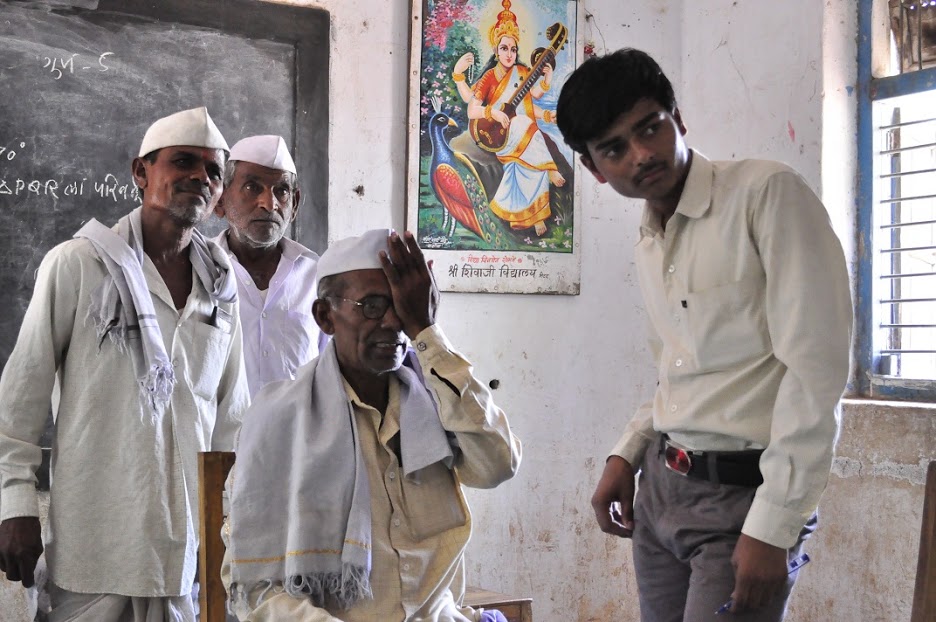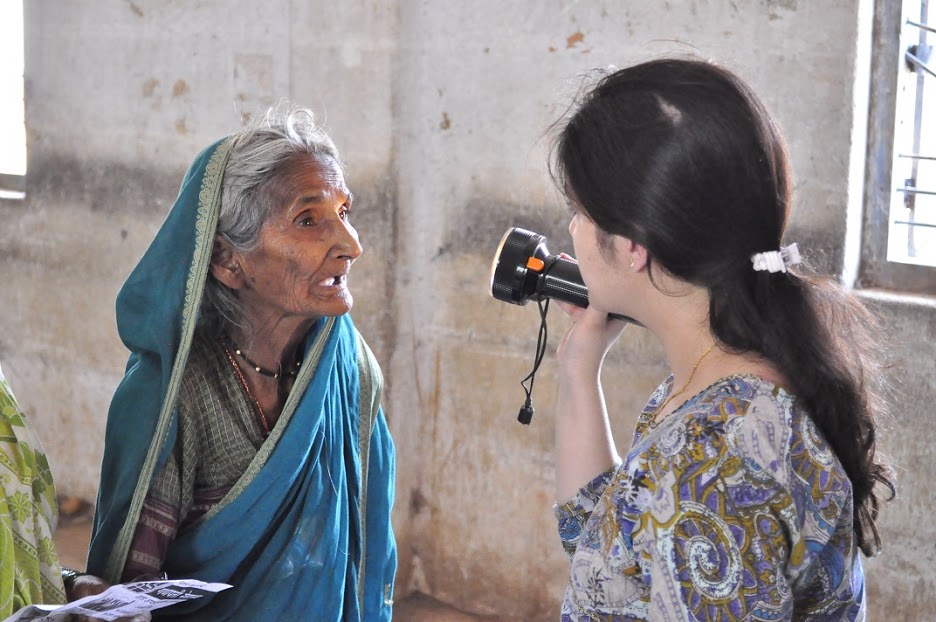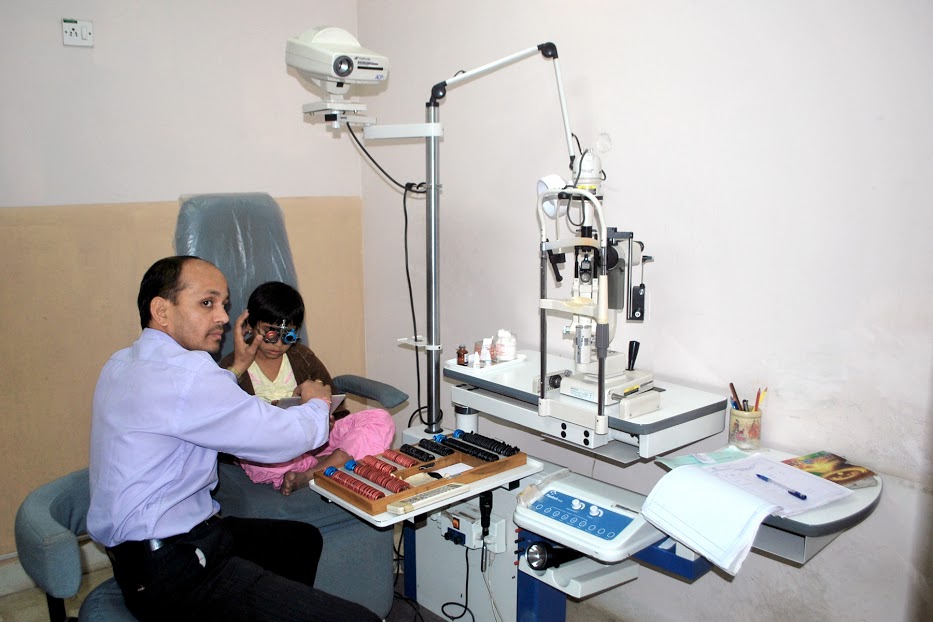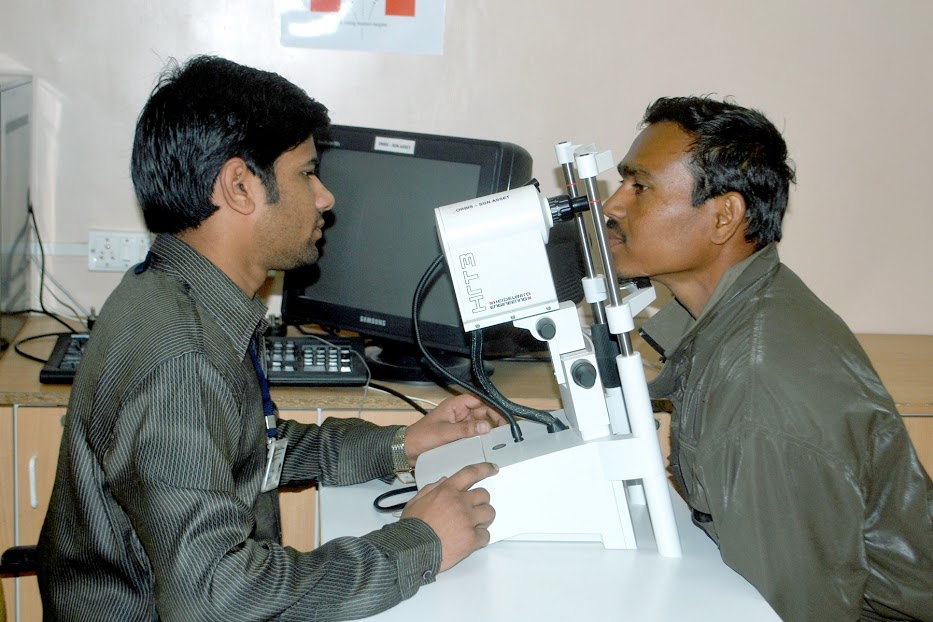Blindness - A Crisis
37,000,000
The number of blind people in the world.
15,000,000
Estimated number of blind in India alone, almost half of the world's blind.
1 in 80
The ratio of blind to seeing people in India.
906,021
Estimated number of blind people in Maharashtra alone!
75%
Percentage of visual impairment that is treatable!
The poor state of medical facilities in rural Maharashtra, coupled with the growing population, makes blindness a problem that requires immediate attention. In 2011, the global number of blind was set near 37,000,000. Of those people, ~15,000,000 live in India. That is a staggering 40.5% of the world’s blind, in India alone. The population of India as of 2011 was placed at 1,210,193,420. This means that currently, 1 in 80 Indians are blind. This is a statistic that simply cannot be ignored. That puts the number of blind in Maharashtra at just over 900,000!
These numbers speak volumes, and with so many people affected on a daily basis, they must be heard. Are Indian’s simply more. Are Indian’s simply more susceptible to blindness? Is this an inevitability, which everyone needs to learn to live with? Are these numbers too staggering to address? The answer to all of these questions, is no. However, 75% of current blindness is treatable. The factors leading to these high rates of blindness are not inherently Indian problems, but the results of a lacking eye-care system.
Though there are many high quality institutions in place to combat this trend, many are focused in urban areas and are unable to meet the needs of isolated rural populations.Maharashtra is the second most populous state in India and its boundaries contain urban giants such as Mumbai and Pune. Its rural landscape however, has undergone little change over the past decade, especially in the area of medical care. A huge percentage of villages and towns in the interiors of the state are nearly untouched by any eye-care facility or practitioner. So while the scope may seem daunting, this problem is too important not to be addressed. By breaking the problem down into smaller pieces, bit-by-bit these numbers can be made a thing of the past.

